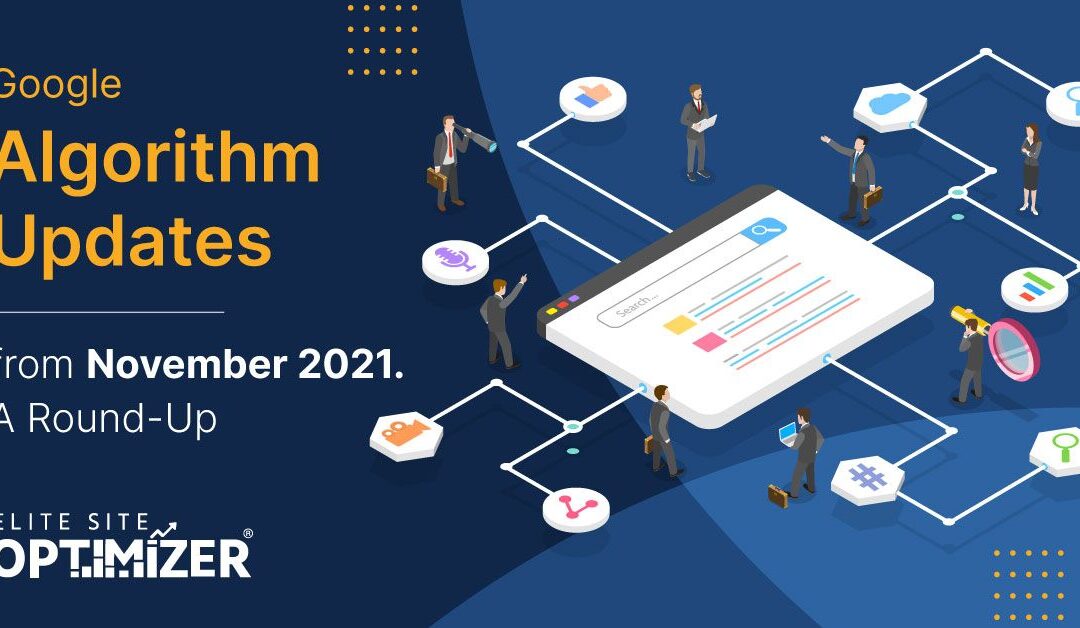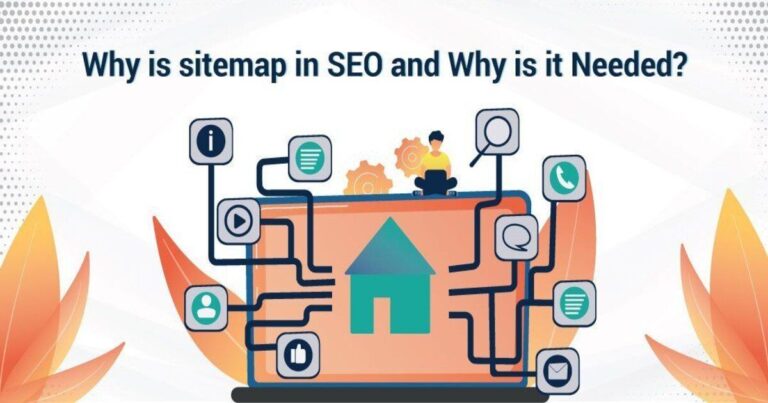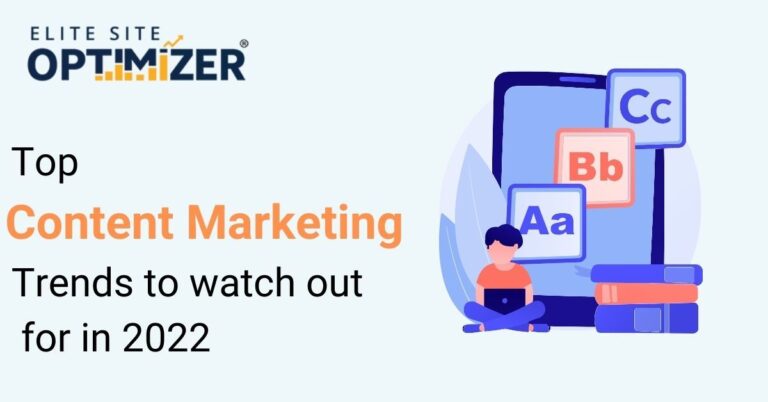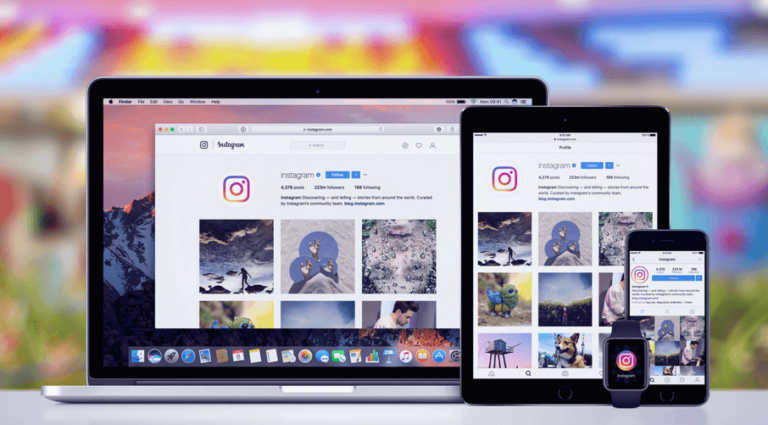Cyber Monday and Black Friday, two of the most popular events, took place in November 2021. It was the ideal time for Google to roll out its core updates, and the company did not miss out on this opportunity. A lot has been changed since the product review update launched in April 2021. In fact, the past few months were full of surprises for web admins and SEO specialists as Google rolled out the biggest update of the year. In this post, we have listed all the major updates we have seen this year and how they have impacted the search engine ranking. Let’s get started.
The Core Update Rollout
There is no doubt that November was the busiest retailing season of the year, with a vast majority of people shopping online. Google released its most innovative update in a 1-2 week period, bringing a major fluctuation in the search engine algorithm. This time, Google has been pretty clear about the core updates and the effects they will have on your search engine ranking. Here are some vital factors you should take into consideration with Google’s core update.
Site Speed and Responsiveness
Google has been prioritizing websites that offer great content, impeccable services, and not to mention, a quick and smooth navigation experience to the users. One such area it has been focusing on a lot lately is your website loading speed. It is believed that 1 in every 4 visitors are highly likely to abandon a website if it takes more than 4 seconds to load. It isn’t only for the homepage of your website, but each web page should load quickly (preferably within 2-3 seconds of the user clicking on the link).
That’s why the two most crucial factors that affect your website ranking in the search engine are your site’s loading speed and responsiveness. It may not be relevant to the SERP ranking directly, but it affects your user experience, which in turn determines your website ranking on Google. Not only does your website’s loading speed affect your SERP ranking, but it will reduce your bounce rate and improve conversion rates.
Your audience doesn’t take more than 10-15 seconds to decide whether they should stick around or find another website instead. So, within these 15 seconds, they will most likely navigate your website and explore different sections to see what content you have to offer. If your pages do not load within 3-4 seconds, they will leave your page and navigate your competitor’s website instead. That’s how people lose customers to their competitors.
The question is, “what can you do to improve the speed of your website”? The most common reason for a slow-loading website is the multimedia content. Websites loaded with multiple videos and heavy images are likely to take longer to load than regular websites. So, you need to compress the image size and use the best hosting services to improve the loading speed of your website.
HTTPS
Security is your audience’s utmost priority. Google has made it mandatory for all types and sizes of websites to secure their platforms with SSL encryption. Now, each webmaster has to invest in an SSL certificate to offer the highest level of security to their audience. Not only will it improve your website security, but this certificate will affect your website ranking in the search engine.
This is really important for website owners that need customers’ sensitive data to allow them access to certain services. Let’s say you run an online casino, for which you need your target customers’ personal details. Now, to make your website safe for your audience, you are supposed to ensure that you have converted HTTP into HTTPS. This is done when you buy an SSL certificate and implement end-to-end encryption for your visitors.
Read Also: Latest Google Algorithm Updates You Need to Know for 2022
Largest Contentful Paint
Largest Contentful Paint was another major algorithm update of November. This doesn’t include the entire page content. Only the first screen that shows up as soon as you load a specific website is considered for measuring the LCP. Put it this way, this metric is used to measure the speed of the first page of your website. This doesn’t include the content your audience comes across as they scroll down.

The type of content covered in the LCP includes images, video thumbnails, texts, background images, and image tags.
Google has also set a minimum standard for the LCP metrics. Your website is supposed to load within 2.5 seconds to be compatible with Google’s Largest Contentful Paint standards. If you see an increase in the time it takes to load your website content, you need to understand the cause of this and take action to improve your website’s loading speed.
Cumulative Layout Shift
CLS is used to improve users’ experience. The update determines how your audience interacts with your website, whether they like your content, and how their experience with your website. Have you ever abandoned a website just because the content on the pages shift quite rapidly, giving you a terrible experience? That’s one of the reasons why your customers abandon a website.
What happens is when you try to click on a link or an image, the content on the website shifts. So, you end up clicking on the wrong product. This is pretty frustrating for your audience. Because of the shift on display, your audience might end up clicking on the “cancel” button instead of “order now.” Or, they might click on an ad. If the error persists, it might result in your audience leaving your website.

Your prospects will abandon your webpage and never return. So, not only does the cumulative layout shift score affect your Google rankings, but it has a significant impact on your user experience. The lower your website’s CLS score is, the better the customer experience will be, and the higher your website will rank on Google. You should aim to have a CLS score of 0.1 or less than that to ensure a high SERP ranking.
Now, the question is, what causes a poor CLS? Or, what can you do to improve it?
- Adding images and ads to your website without dimensions
- Publishing dynamically injected content
- Improper web fonts
Measure your website’s CLS regularly and take steps to improve the score if it isn’t already good.
First Input Delay (FID)
First Input Display is one of the most crucial elements for your site ranking and UX. It measures the time taken between the user clicking on a URL or sign-up button and the browser responding to the user’s request.
The sooner the browser responds, the better the user experience will be. The metric leaves a first impression on your prospects. They evaluate the responsiveness of your website based on how fast your content loads.
Continuous Scrolling
Coming to the biggest update of the year, Google rolled out continuous scrolling functionality, which is expected to provide your audience with the unlimited scrolling option just like social media feed. This new function can have a big impact on your search engine rankings. However, Google has also mentioned that this functionality doesn’t offer an infinite scrolling feature to the audience.
It rather shows you the list of the URLs for the top 4 pages at once. Now, instead of having to click on the 1, 2, 3, and 4 pages, your audience can scroll the Google’s search result page. This is good news for websites that are ranking on the second and third pages of Google search results. If you can’t rank your website on the first page of the search engine, due to competition, you can count on the continuous scrolling feature to help improve your website’s visibility. Google has mentioned that it is willing to keep the same scroll functionality for people as of February 2022.
How will these Updates Affect You?
The updates mentioned above might not have a direct impact on your website ranking, but they are designed to improve user experience. You need to review these updates closely and take them as minor signals. Basically, you should think about these features as the ways Google wants to shape the user experience on search engines.
It is clear that the company is focusing on providing the audience with a seamless user experience, which could be achieved by following these algorithm updates. These also work as signals that tell us how Google plans on introducing more such updates in the coming years to make search engines a user-friendly and reliable place for people.
Conclusion
So, these were the top updates we have seen in 2021. November and December saw the largest number of Google algorithm updates and each one brought changes to how the search engine ranking algorithm works.
It is important for website owners to keep up-to-date with these changes so that they can rank their website high in search engines. It is equally important to measure your websites’ cumulative layout shift score, FID, and other metrics to ensure that your site is performing well in the search engine.






